The next core I’m examining is from Pente. A good friend of mine put me onto this Private Cellular Core. The Core itself is simple to use and understand, which is an excellent feature for Private Cellular.
The real benefit comes from similarities to other enterprise networking vendors that utilize APIs for accessing and managing the systems. Pente is no different and a welcome approach for anyone interested in having an API Driven Core. Before we dig into the APIs, let’s discuss the basics of Pente HyperCore.
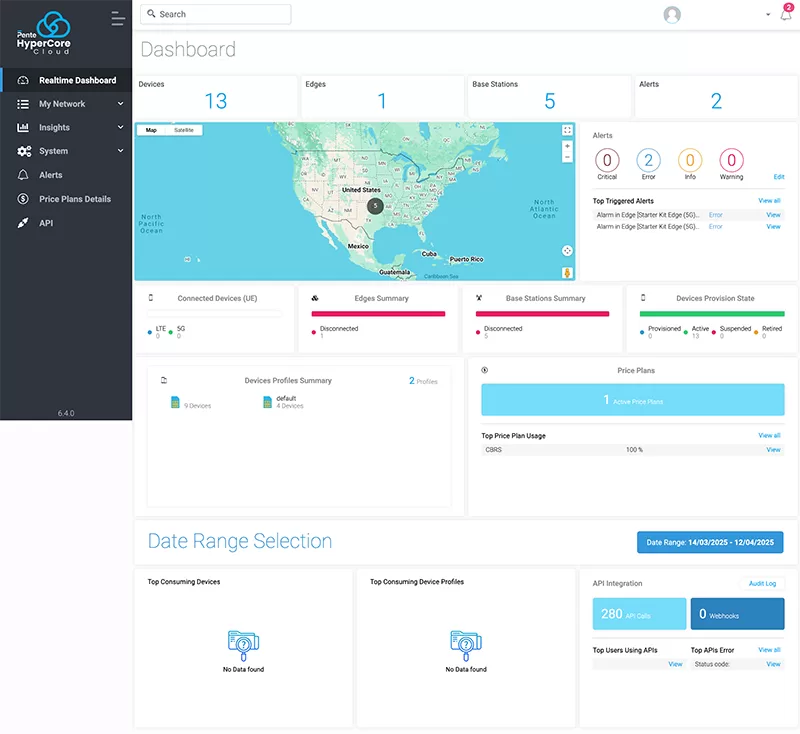
Edges
Pente uses drop off boxes that they call Edges. Since Pente Hypercore sits in the cloud, you can use Edges to drop the user plan traffic off locally for many reasons including security. The Edge computer can be a virtual machine or physical hardware.

Base Stations
In the cellular world, Radios are often called Base Stations. To configure Radios, the settings are fairly simple. Clicking the Gear on the right side opens the settings menu. Within the settings, you can configure standard settings for the radios such as the PLMN, radio location and setting for SAS registration, and what Edge server the Base Station connects to.
Unlike the vendors I featured in previous blog posts, Pente does not lock you into their specific radios. You can use a Radio from Baicells or from MosoLabs. This is a powerful feature for Private Cellular, that sadly other vendors have thought was a differentiating feature.
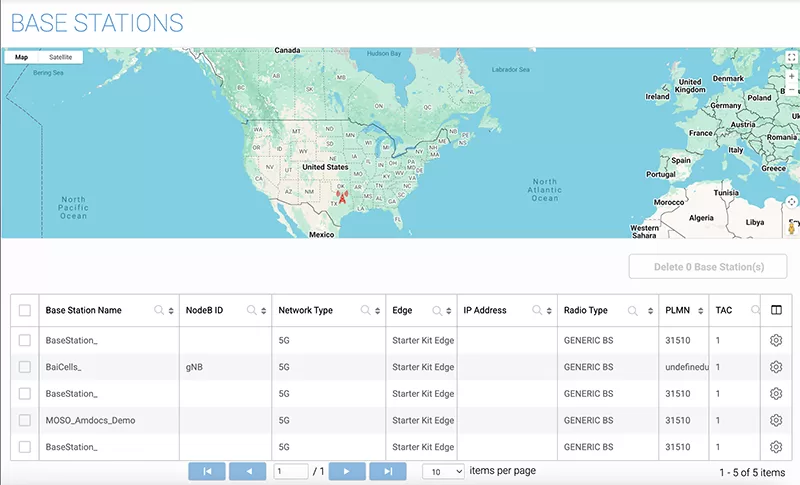
Devices
SIM Cards and Devices are also pretty simple to configure. You first configure a Device Profile that you attach the SIMs in the Profile Group to the APN/DNN, Data Flows such as allowed throughput speeds, and QoS settings. Device Profiles allow for configuring Webhooks for connecting SIMs to other systems. You can also configure different Roaming settings for roaming between different Cores. Device Profiles are where settings begin to get really powerful when using Pente HyperCore and integrating with other systems.
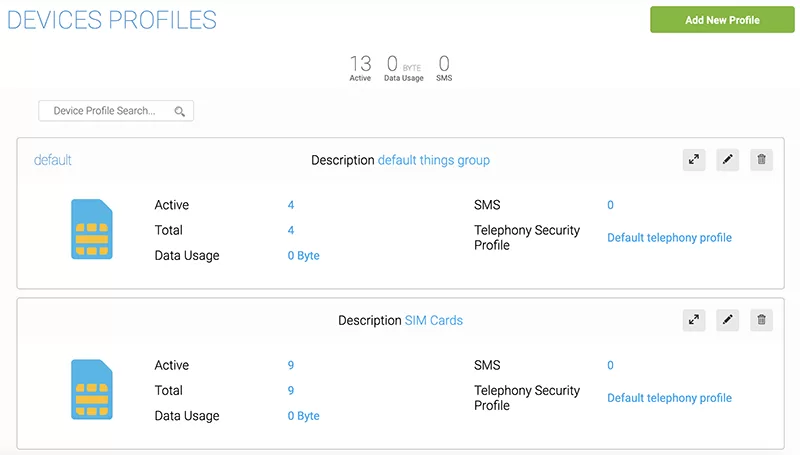
You can then assign specific SIMs to Specific Devices and Device Profiles. Here you can lock IMSIs on a SIM to a specific IMEI and then assign those SIMs to receive a specific IP Address on the Edge devices. You can also block or allow specific cellular services such as LTE and 5G or SMS. With this you can keep 5G devices on only 5G even if you have a LTE radio within range.

Security
Pente sees Private Cellular for the important security benefits. Within the Pente Core, you can configure devices to allow or block access.

They have a basic firewall that you can configure within the Pente HyperCore. You can set a protocol and source address and to allow or block the traffic. This is a nice feature to be included and is simple to configure.
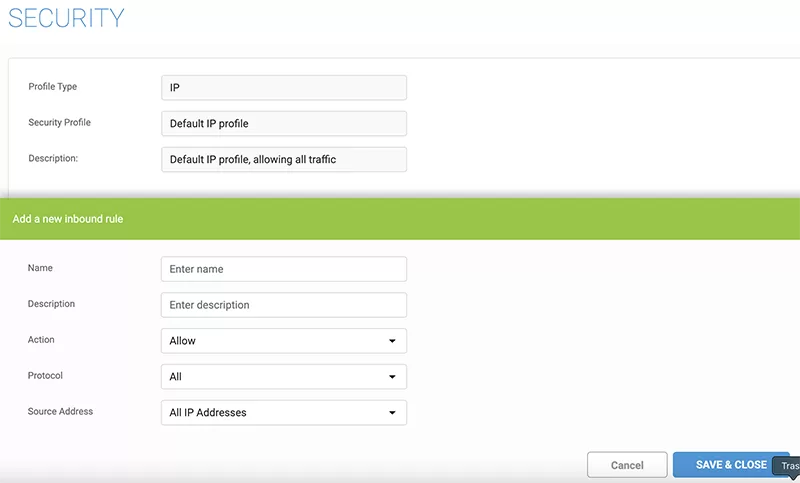
API
The best feature from Pente is their ability to use APIs. This is something that I have been enjoying for a long time in Juniper Mist and wish was available in more Private Cellular Cores. Pente HyperCore has over 1000 APIs you can use to integrate into other systems.
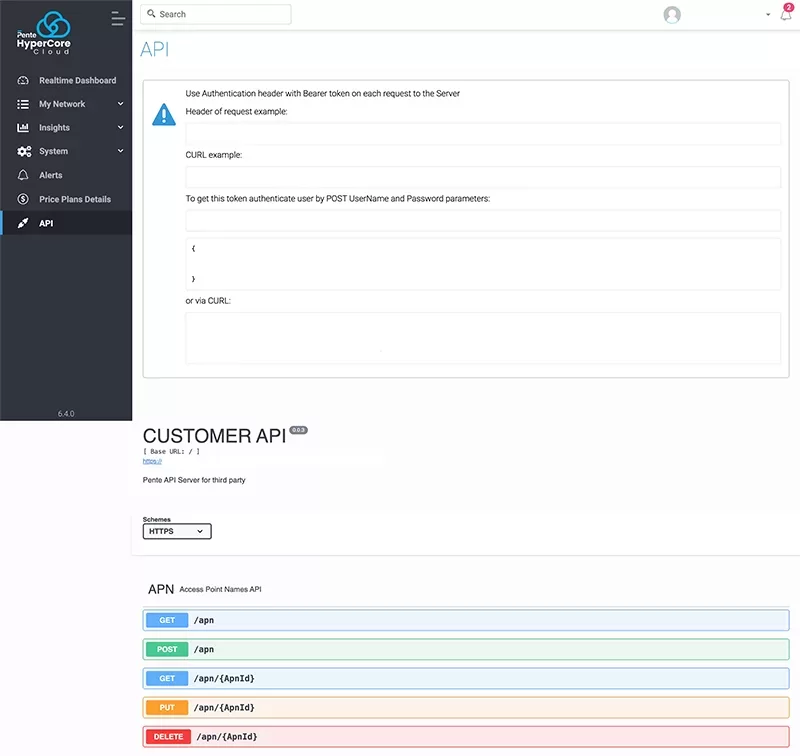
Using Postman, you can configure the Pente HyperCore through API calls. This is something missing from many Private Cellular Cores. These features are expected by many enterprise IT departments.
While playing with the Pente core, I configured the settings and tried to connect to the API settings. I first attempted to run it without the proper authentication. So, I got an 401 Unauthorized when attempting to connect to the API functions.
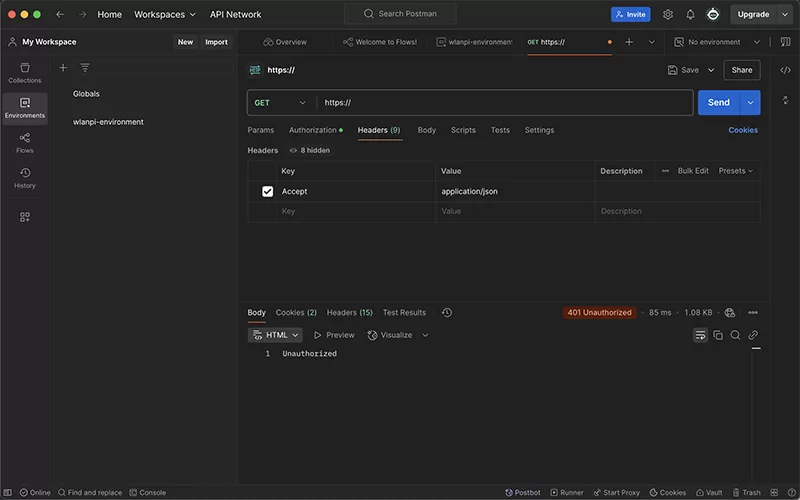
So, I eventually found the right authentication settings and ran one of the API commands. I then received a bunch of JSON data. Instead of having to dig into menus to see the different settings, I can run these API commands against the Pente HyperCore. It will return the data I want. I could then integrate this into another application such as Slack or my own applications.

The Pente HyperCore is a powerful contender for enterprises looking to integrate Private Cellular into their exiting API driven network. Developers looking for API integration will find it here. APIs should be included in all the other Cloud based Private Cellular Cores. I know some vendors have APIs, but there is no comparison to the pure number of API commands available from Pente.

